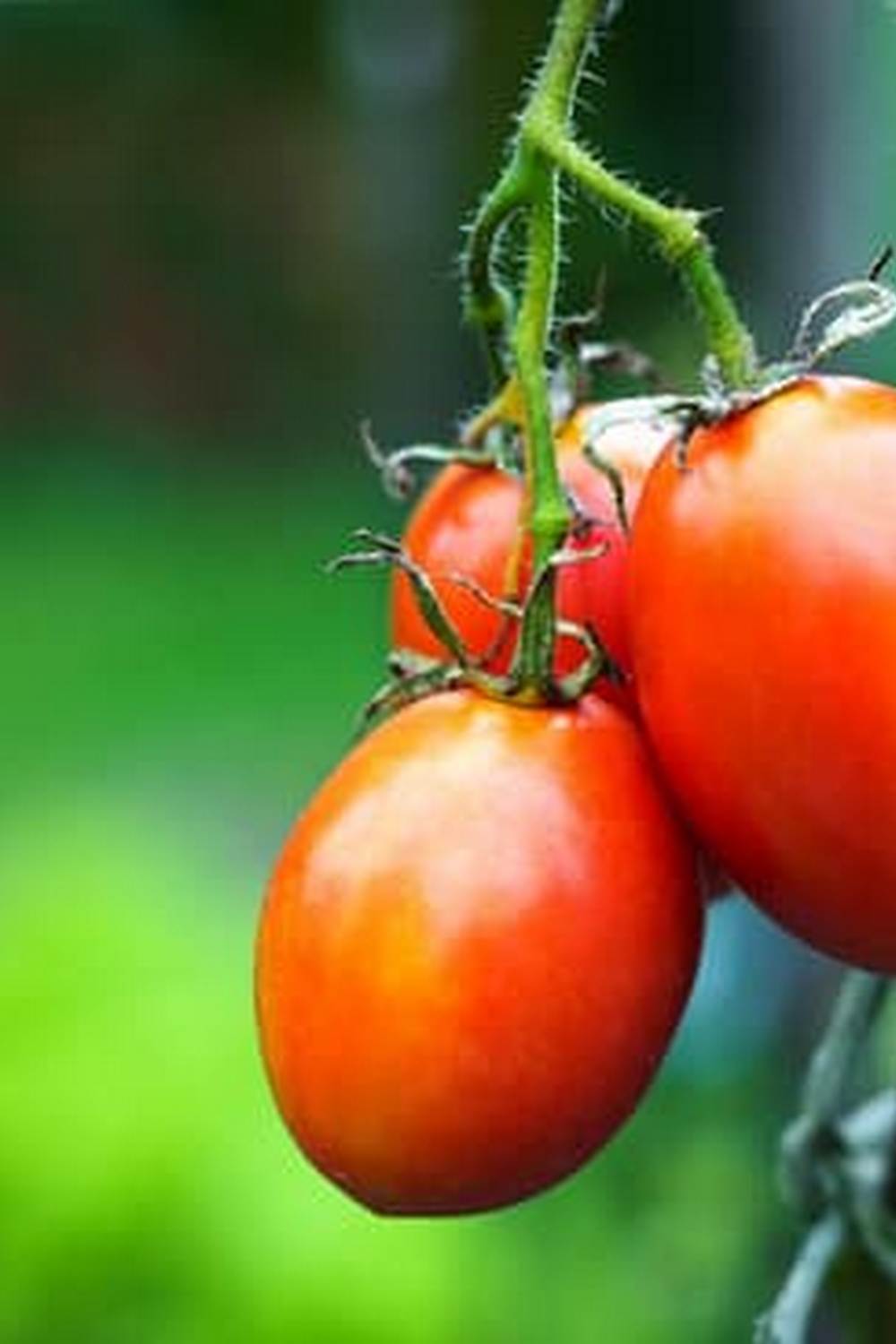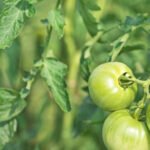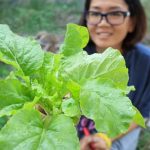Are you interested in learning some useful tips on gardening vegetables? Vegetable gardening can be a rewarding and worthwhile endeavor, providing you with fresh produce right from your backyard. In this article, we will guide you through the process of starting and maintaining your own vegetable garden. From choosing the right vegetables to avoiding common mistakes, we’ve got you covered.
There are numerous benefits to growing your own vegetables, including having access to fresh and organic produce, saving money on groceries, and promoting sustainability by reducing your carbon footprint. Whether you’re a beginner or an experienced gardener, there’s something for everyone in this comprehensive guide to vegetable gardening.
In the following sections, we will discuss everything from choosing the right vegetables for your climate and space limitations to preparing the soil for planting. We will also provide valuable tips on planting, maintaining, harvesting, and storing your vegetables. Additionally, we’ll highlight common mistakes to avoid and offer solutions to ensure a successful vegetable garden. So grab your gardening tools and let’s get started.
Choosing the Right Vegetables to Grow
When it comes to starting your own vegetable garden, one of the most important decisions you’ll make is choosing which vegetables to grow. Whether you’re a beginner or have some experience with gardening, selecting the right vegetables can make all the difference in the success of your garden. Here are some tips for choosing the best vegetables to grow in your garden:
- Consider the climate: Before choosing which vegetables to grow, it’s important to consider the climate in your area. Some vegetables thrive in cooler temperatures, while others prefer warmer weather. Research which vegetables are best suited for your climate before making your selections.
- Take soil and space limitations into account: Certain vegetables require specific soil conditions to thrive, so it’s essential to know the composition of your soil before deciding what to plant. Additionally, if you have limited space, consider growing compact or dwarf varieties of certain vegetables.
- Best vegetables for beginners: If you’re new to vegetable gardening, it’s a good idea to start with easy-to-grow vegetables that are low-maintenance and resistant to common pests and diseases. Some great options for beginners include tomatoes, lettuce, carrots, and radishes.
By taking these factors into consideration and doing proper research, you can ensure that the vegetables you choose to grow will have the best chance of thriving in your garden. Remember that each vegetable has its own specific requirements for growth, so take the time to plan and select accordingly based on your individual circumstances. With careful consideration and planning, you’ll be well on your way to a successful vegetable garden.
Additionally here are some more useful resources on how we can grow ideal vegetables:
- Varieties that Grow Well Together
- Determining Ideal Soil Conditions for Planting
- The Importance of Crop Rotation
Selecting the Perfect Location for Your Vegetable Garden
When it comes to vegetable gardening, one of the most important decisions you’ll make is choosing the right location for your garden. The success of your garden depends largely on where it’s situated, so it’s crucial to take your time and make the best choice. Here are some tips on finding the ideal location for your vegetable garden:
- Sunlight: The first thing to consider when selecting a spot for your vegetable garden is sunlight. Most vegetables require at least 6 hours of direct sunlight each day. Look for an area in your yard that receives ample sunlight, preferably in the morning and early afternoon.
- Water Source and Foot Traffic: Another factor to take into account is the proximity to a water source. It’s important to have easy access to water for irrigation, especially during dry spells. Additionally, consider foot traffic in the area – you don’t want people or pets trampling through your garden.
- Soil Quality: Pay attention to the quality of the soil in the potential locations for your vegetable garden. Look for well-draining soil with a good balance of nutrients. If you’re not sure about the soil quality, consider doing a soil test or adding compost and organic matter to improve it.
By keeping these tips in mind when choosing the perfect location for your vegetable garden, you’ll be setting yourself up for success right from the start. Remember that a well-chosen location will provide your vegetables with the best chance to flourish and yield a bountiful harvest.
As you continue with planning and preparing your vegetable garden, think about how each location measures up against these key considerations. With thoughtful decision-making at this stage, you can ensure a successful and productive growing season ahead.
Preparing the Soil for Planting
When it comes to vegetable gardening, one of the most crucial steps is preparing the soil for planting. The success of your garden largely depends on the quality of the soil, so it’s essential to invest time and effort into this stage of the process. By properly preparing the soil, you can ensure that your vegetables have the best possible environment to grow and thrive.
Importance of Soil Preparation
Before planting your vegetables, it’s important to understand why soil preparation is necessary. Properly prepared soil provides a healthy environment for plant roots to establish themselves and absorb nutrients. It also helps with water retention and drainage, both of which are vital for plant growth. Additionally, well-prepared soil can help prevent weed growth and reduce the risk of diseases.
Tips for Improving Soil Quality
There are several ways to improve the quality of your soil before planting vegetables. One effective method is adding organic matter such as compost or aged manure. This helps enrich the soil with essential nutrients and improves its overall structure.
Another tip is to test the pH level of your soil and make any necessary adjustments to ensure it’s suitable for the vegetables you plan to grow. Additionally, consider using mulch to help retain moisture and protect plants from extreme temperatures.
By following these tips on gardening vegetables related to preparing the soil for planting, you can set yourself up for a successful growing season. Taking the time to properly prepare your soil will pay off in healthier plants and a bountiful harvest.
Planting and Maintaining Your Vegetable Garden
Best Time to Plant
It’s important to time your planting correctly to ensure the best chance of success for your vegetables. Different vegetables have different preferences when it comes to temperature and sunlight, so make sure to research the ideal planting times for each vegetable in your garden. In general, most vegetables thrive when planted after the last frost of the season.
Watering, Fertilizing, and Pest Control
Proper watering and fertilizing are crucial for the health and growth of your vegetable garden. Some vegetables require more water than others, so it’s important to pay attention to their individual needs. Additionally, using organic fertilizers can provide essential nutrients without harmful chemicals.
Pest control is another important aspect of maintaining a healthy vegetable garden. Keep an eye out for common pests such as aphids, caterpillars, and beetles, and take action to remove them before they damage your plants. Consider incorporating natural pest control methods such as companion planting or using beneficial insects like ladybugs.
By following these tips on gardening vegetables, you can ensure that your vegetable garden thrives throughout the growing season. With proper care and attention, you’ll be rewarded with an abundance of fresh, homegrown produce to enjoy.
Harvesting and Storing Your Vegetables
After all the hard work of planting and maintaining your vegetable garden, it’s time to reap the rewards by harvesting your fresh produce. Knowing when and how to harvest each vegetable is crucial to ensure that you enjoy them at their peak flavor and quality. Some vegetables like tomatoes, zucchinis, and cucumbers are best harvested when they are at their ripest, while others like lettuce and spinach should be harvested while young and tender.
When it comes to storing your freshly harvested vegetables, there are a few important tips to keep in mind. For root vegetables such as carrots and potatoes, it’s essential to store them in a cool, dark place to prevent them from sprouting or rotting prematurely. Leafy greens like kale and Swiss chard should be stored in the refrigerator in a perforated plastic bag to maintain freshness.
The way you harvest and store your vegetables can significantly impact how long they will last and how well they will taste when consumed. By following these simple tips on gardening vegetables, you can make sure that your hard-earned produce lasts longer and maintains its optimal flavor for delicious meals throughout the season.
| Vegetables | Harvesting Tips | Storage Tips |
|---|---|---|
| Tomatoes | Harvest when fully ripe with bright color | Store at room temperature away from direct sunlight |
| Lettuce | Harvest when young and tender leaves | Refrigerate in a plastic bag with holes to maintain crispness |
| Carrots | Harvest when roots reach a desirable size | Store in a cool, dark place away from moisture to prevent spoilage |
Common Mistakes to Avoid in Vegetable Gardening
It’s easy to make mistakes when gardening vegetables, especially if you’re just starting out. However, being aware of these pitfalls can help you avoid common issues and enjoy a successful harvest. One of the most common mistakes in vegetable gardening is not doing enough research or seeking advice from experienced gardeners. It’s important to know which vegetables grow best in your climate and soil conditions, as well as the specific care they require.
Another mistake to avoid is overcrowding your plants. It can be tempting to maximize the space in your garden by planting more vegetables, but overcrowding can lead to stunted growth and increased susceptibility to pests and diseases. Proper spacing between plants is essential for healthy development.
Additionally, neglecting proper watering and fertilizing schedules can also hinder the growth of your vegetables. Different types of vegetables have different water and nutrient needs, so it’s important to do your research and provide them with the appropriate care. Overwatering or under-watering your plants can lead to poor yield or even cause them to die.
| Common Mistake | Impact |
|---|---|
| Overcrowding plants | Stunted growth, increased susceptibility to pests and diseases |
| Neglecting proper watering and fertilizing | Poor yield, plant death |
Conclusion
In conclusion, vegetable gardening is a rewarding and enriching experience that is definitely worth your time and effort. The benefits of growing your own vegetables, such as having access to fresh and organic produce, reducing grocery costs, and enjoying the therapeutic benefits of gardening, make it a worthwhile endeavor for anyone. By following the tips on gardening vegetables provided in this article, beginners can easily get started on their vegetable gardening journey and eventually celebrate their success.
Choosing the right vegetables to grow is crucial for novice gardeners, considering factors such as climate, soil quality, and available space. Additionally, selecting the perfect location with adequate sunlight and proximity to water sources can greatly impact the growth and success of a vegetable garden. Preparing the soil properly before planting is also essential for ensuring healthy crop yields. By following these initial steps carefully, individuals can set themselves up for a successful harvest later on.
As you embark on your vegetable gardening adventure, remember to enjoy the entire process – from planting and maintaining your garden to finally harvesting and storing your fresh vegetables. Embracing the learning curve involved in vegetable gardening is part of the fun, so don’t be discouraged by any setbacks along the way.
Celebrate each milestone reached in your garden’s progress while keeping in mind that every mistake is simply a learning opportunity for improvement. With these valuable tips in mind, you’ll be well-equipped to savor the satisfaction of growing your own delicious vegetables.

If you’re looking to get into vegetable gardening, or are just looking for some tips on how to make your current garden better, then you’ve come to the right place! My name is Ethel and I have been gardening for years. In this blog, I’m going to share with you some of my best tips on how to create a successful vegetable garden.





